How To Draw Tripod ?
To draw a tripod, start by drawing a small circle for the top of the tripod. Then, draw three straight lines extending from the circle, forming the legs of the tripod. Make sure the lines are evenly spaced and angled outward. Finally, add small circles or ovals at the end of each leg to represent the feet of the tripod.
1、 Basic shapes and proportions for tripod drawing
To draw a tripod, you can follow these steps:
1. Start by drawing a vertical line for the center of the tripod. This line will serve as a guide for the overall proportions of the drawing.
2. Next, draw three lines that extend outwards from the top of the vertical line. These lines should be evenly spaced and angled slightly outward. These will be the legs of the tripod.
3. At the end of each leg, draw a small circle or oval shape. These will represent the feet of the tripod. Make sure they are evenly spaced and aligned with the legs.
4. Connect the circles or ovals with curved lines to create the shape of the feet. The lines should follow the natural curve of the circles and create a smooth, rounded shape.
5. To add more detail, you can draw additional lines along the legs to indicate the joints or sections of the tripod. These lines can be straight or slightly curved, depending on the style you prefer.
6. Finally, erase any unnecessary guide lines and add shading or texture to give the drawing more depth and dimension.
When drawing a tripod, it's important to pay attention to the proportions and angles of the legs. Make sure they are evenly spaced and angled correctly to create a stable and balanced look. Additionally, consider the perspective from which you are drawing the tripod. If you are drawing it from a low angle, for example, the legs may appear longer and narrower. Experiment with different styles and techniques to make your tripod drawing unique and interesting.
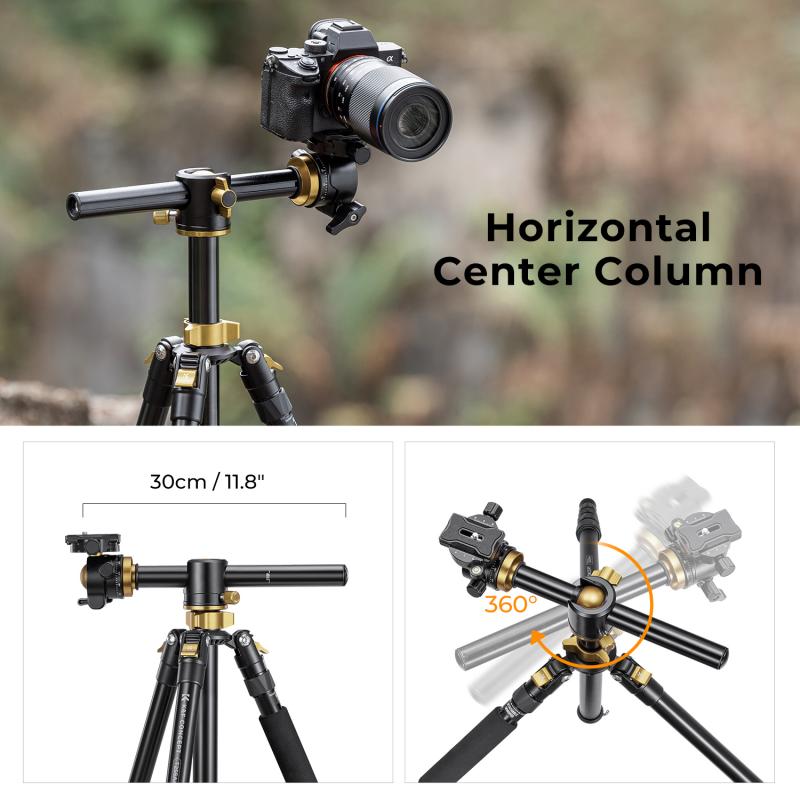
2、 Adding details and textures to the tripod
To draw a tripod, you will need to follow a few steps. Here's a guide on how to draw a tripod:
1. Start by drawing a vertical line in the center of your paper. This line will serve as the main support for the tripod.
2. Next, draw three lines extending outwards from the top of the vertical line. These lines should be evenly spaced and angled slightly outward. These will be the legs of the tripod.
3. At the end of each leg, draw a small circle or oval shape. These will represent the feet of the tripod.
4. Connect the circles at the bottom with curved lines to create the base of the tripod. Make sure the lines are smooth and symmetrical.
5. Add details to the legs by drawing lines or patterns to represent the texture of the material. You can make them look like metal, wood, or any other material you prefer.
6. To add depth and dimension, shade the areas where shadows would naturally fall. This will give your drawing a more realistic look.
7. Finally, erase any unnecessary lines and refine the drawing as needed. You can also add additional details such as screws or knobs to make the tripod look more realistic.
Adding details and textures to the tripod is an important step in making your drawing more realistic and visually appealing. You can use various techniques to achieve this. For example, if you want to create a metal texture, you can use cross-hatching or stippling to add shading and texture to the legs and base. If you want to create a wooden texture, you can use short, parallel lines to represent the wood grain. Experiment with different techniques and find what works best for you.
Remember to observe real-life tripods or reference images to get a better understanding of how the details and textures should look. Practice regularly, and with time, you will improve your drawing skills and be able to create more intricate and realistic tripod drawings.

3、 Shading techniques for a realistic tripod drawing
Shading techniques for a realistic tripod drawing:
To create a realistic tripod drawing, it is important to pay attention to shading techniques. Shading adds depth and dimension to your drawing, making it appear more three-dimensional and lifelike. Here are some tips on how to effectively shade a tripod drawing:
1. Start with a light sketch: Begin by lightly sketching the basic outline of the tripod. This will serve as a guide for your shading.
2. Identify light source: Determine the direction of the light source in your drawing. This will help you understand where the shadows will fall and how to shade accordingly.
3. Gradual shading: Start shading the areas that are farthest away from the light source. Use a light touch and gradually build up the darkness by layering the pencil strokes. This will create a smooth transition from light to dark.
4. Pay attention to details: Observe the details of the tripod, such as the joints and screws. Use cross-hatching or stippling techniques to add texture and depth to these areas.
5. Highlighting: Once you have shaded the darker areas, use an eraser or a white pencil to add highlights to the parts that are directly hit by the light source. This will create a contrast and make your drawing appear more realistic.
6. Blend and smudge: Use a blending stump or a tortillon to blend the shading and create a smooth, seamless look. This will help eliminate any harsh lines and give your drawing a more polished finish.
Remember, practice is key when it comes to shading. Experiment with different techniques and observe real-life objects to understand how light interacts with them. With time and patience, you will be able to create a realistic tripod drawing that showcases your shading skills.
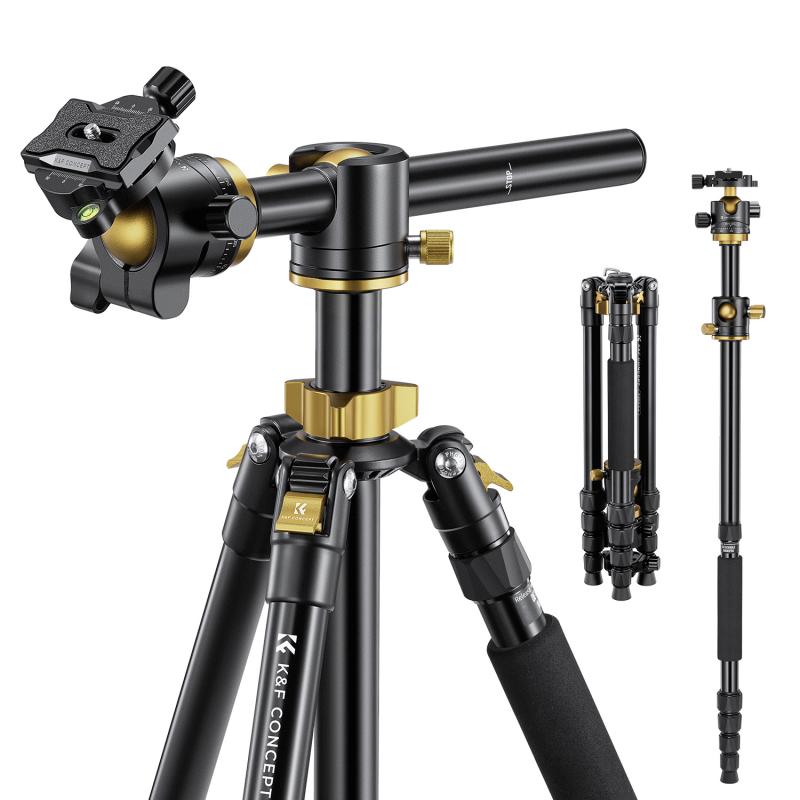
4、 Perspective and foreshortening in tripod drawings
To draw a tripod, you will need to understand the principles of perspective and foreshortening. These concepts are crucial in creating a realistic and accurate representation of a three-dimensional object on a two-dimensional surface.
First, start by sketching the basic shape of the tripod's legs. Draw three straight lines that converge at a single point at the top, forming a triangle. This point is called the vanishing point and represents the viewer's eye level.
Next, add depth to the legs by drawing lines that converge towards the vanishing point. These lines should be slightly curved to create a sense of three-dimensionality. Remember that the closer the leg is to the viewer, the wider it will appear due to foreshortening.
To draw the top part of the tripod, imagine it as a rectangular prism. Use the vanishing point to determine the angles and perspective of the top section. Draw the lines accordingly, making sure they converge towards the vanishing point.
To add more realism, you can include details such as joints, screws, or other features of the tripod. Pay attention to the proportions and angles to maintain a consistent perspective throughout the drawing.
Lastly, add shading and highlights to give the tripod a sense of volume and depth. Use darker tones on the areas that are farther away from the light source and lighter tones on the areas that are closer.
Remember, practice is key when it comes to mastering perspective and foreshortening. Keep studying and observing real-life objects to improve your drawing skills.
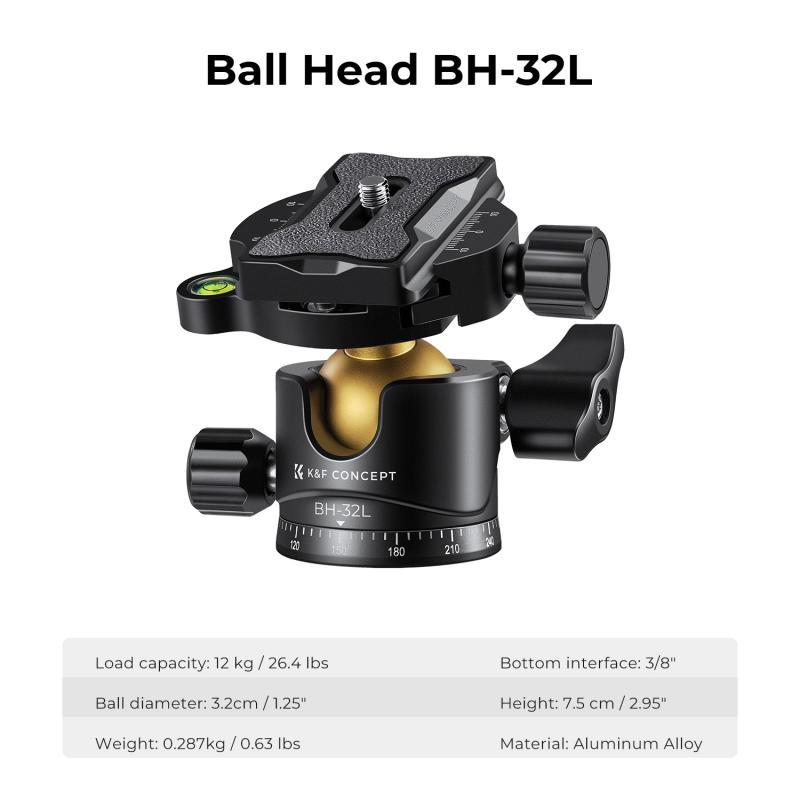





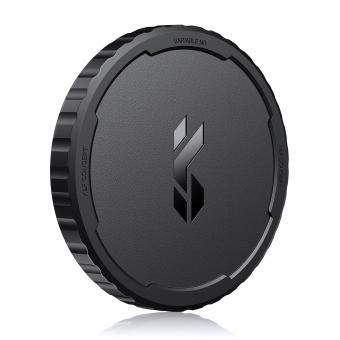


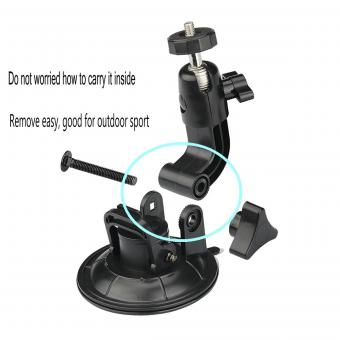


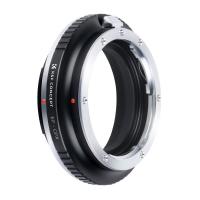


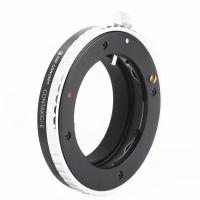



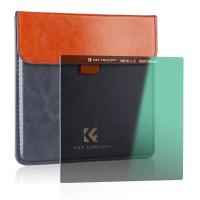


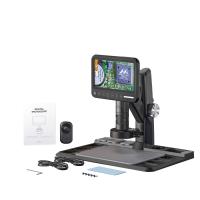
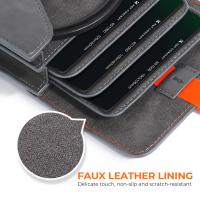



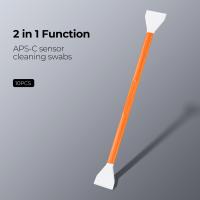



There are no comments for this blog.